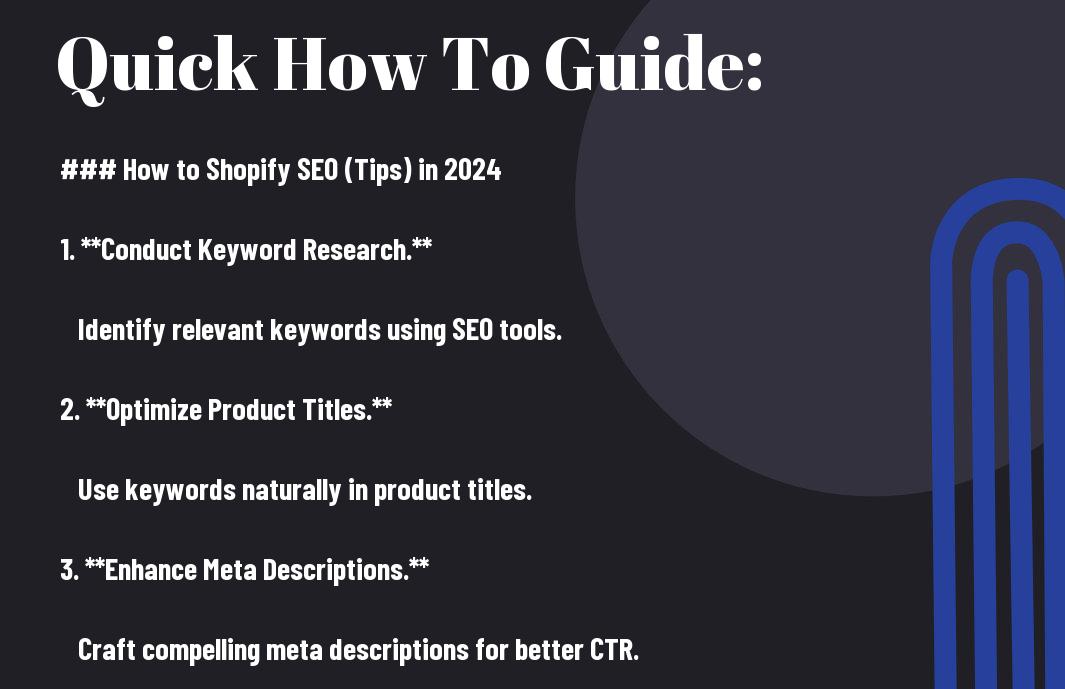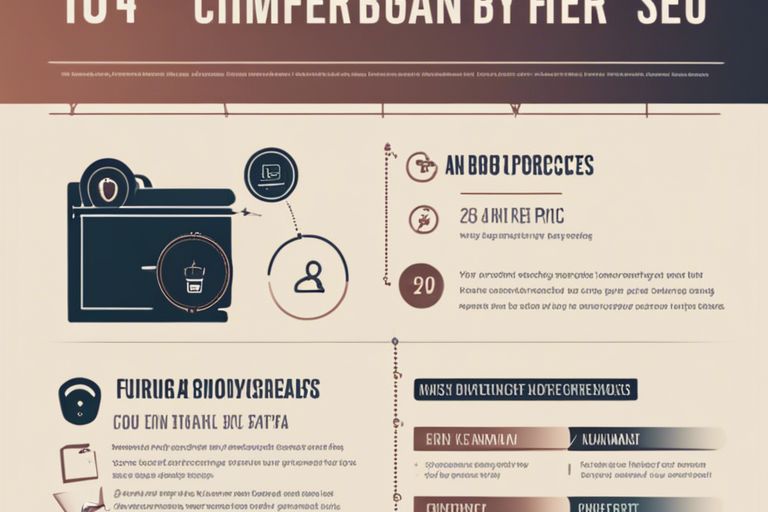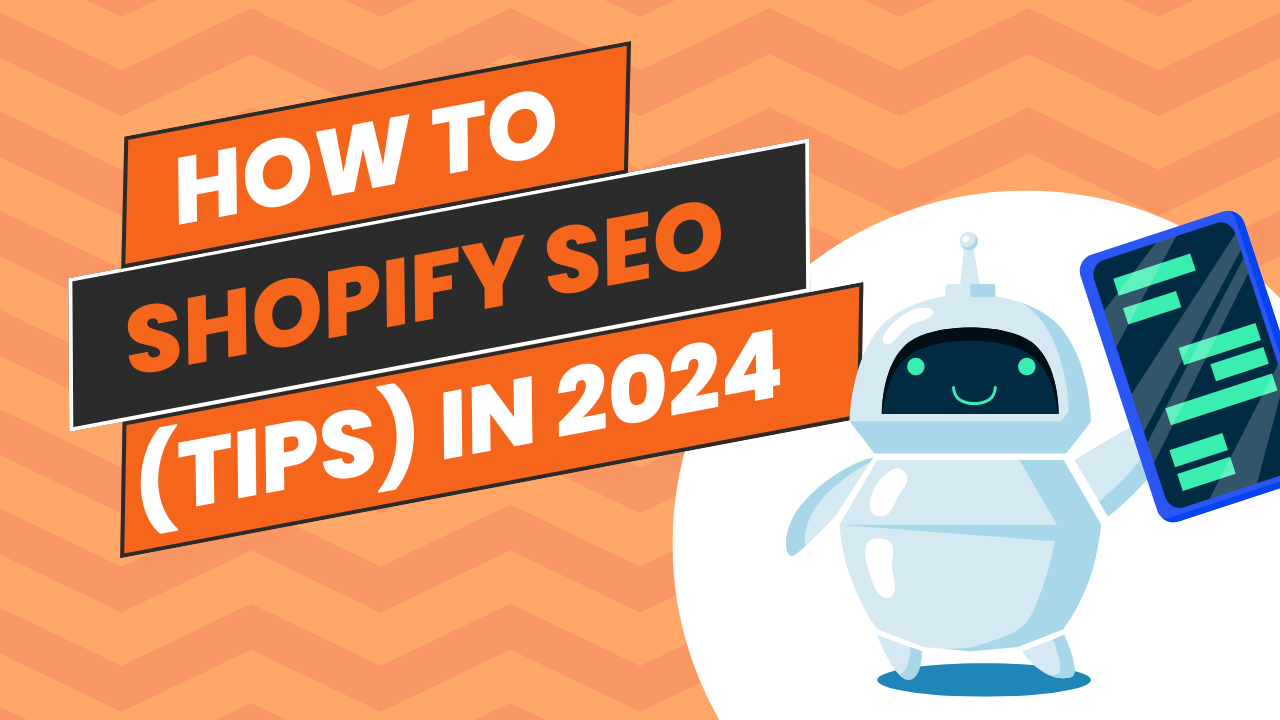How to Shopify SEO As an online store owner, I’ve learned that having a Shopify store is just the first step towards success. The real challenge lies in getting your products in front of the right audience. That’s where Shopify SEO comes in. I’ve spent countless hours optimizing my own store, and I’ve seen firsthand how it can boost sales and drive growth. In this post, I’ll share my top tips and strategies for improving your Shopify store’s SEO in 2024. By the end of this article, you’ll have a clear roadmap to increase your online visibility and attract more customers to your store.
Table of Contents

Understanding Shopify SEO Fundamentals
For any online store owner, understanding the basics of Shopify SEO is crucial to driving organic traffic and increasing sales. In this chapter, I’ll break down the fundamentals of Shopify SEO, so you can optimize your store for search engines and reach your target audience.
What is Shopify SEO and Why is it Important?
Fundamentally, Shopify SEO is the process of optimizing your online store to rank higher in search engine results pages (SERPs) and drive more organic traffic to your site. As a Shopify store owner, I know how important it is to increase visibility, drive sales, and stay ahead of the competition. By optimizing your store for search engines, you can attract more customers and grow your business.
How Shopify SEO Differs from Traditional SEO
Importantly, Shopify SEO has its own set of rules and best practices that differ from traditional SEO. While traditional SEO focuses on optimizing individual web pages, Shopify SEO is more focused on optimizing product pages, collections, and categories within an ecommerce platform.
Shopify’s unique architecture and features, such as its templating system and liquid coding language, require a tailored approach to SEO. For example, Shopify’s use of canonical URLs and automatic redirects can affect how search engines crawl and index your site. By understanding these differences, you can develop a Shopify SEO strategy that’s tailored to your store’s specific needs.

On-Page Optimization Tips
Little do many Shopify store owners know, but on-page optimization is the key to unlocking their website’s full SEO potential. By optimizing individual elements on your website, you can improve your search engine rankings, drive more traffic, and increase conversions. Here are some on-page optimization tips to get you started:
- Optimize product titles and descriptions for maximum visibility
- Use high-quality product images and videos to enhance user experience
- Implement internal linking strategies to improve website navigation
Thou shalt not neglect these on-page optimization tips if thou wantest to outrank thy competitors!
Optimizing Product Titles and Descriptions for Maximum Visibility
Titillating titles and descriptions can make all the difference in getting your products noticed by search engines. I make sure to include relevant keywords in my product titles and descriptions, while also ensuring they’re descriptive, concise, and compelling enough to entice customers to click.
The Importance of High-Quality Product Images and Videos
Even the most beautifully designed website can be let down by low-quality product images. I always strive to use high-resolution images that showcase my products from different angles, providing customers with a detailed view of what they’re buying.
A high-quality product image can not only improve user experience but also increase trust and credibility. Additionally, using videos can help demonstrate product features, provide tutorials, and showcase customer testimonials, further enhancing the shopping experience.
Internal Linking Strategies for Shopify Stores
Images of well-structured internal linking may not be the first thing that comes to mind when thinking about SEO, but it’s a crucial aspect of on-page optimization. I make sure to link relevant products together, creating a clear hierarchy of content that makes it easy for customers and search engines to navigate my website.
To take it a step further, I also use internal linking to direct customers to related products, promotions, or blog posts, increasing engagement and reducing bounce rates. By doing so, I’m able to improve user experience, increase page views, and ultimately drive more sales.
Technical SEO Factors to Consider
After optimizing your content and keywords, it’s vital to focus on the technical aspects of your Shopify store to improve your search engine rankings. Here are some critical technical SEO factors to consider:
- Page speed optimization
- Mobile-friendliness and responsive design
- SSL certificates and HTTPS for secure shopping
- XML sitemap and robots.txt files
- Canonical URLs and duplicate content
- Structured data and schema markup
Perceiving these technical SEO factors as mere niceties can be a costly mistake, as they can significantly impact your store’s visibility and conversion rates.
Page Speed Optimization for Faster Load Times
Slightly slower page load times can lead to higher bounce rates and lower search engine rankings. To avoid this, I recommend optimizing your images, leveraging browser caching, and enabling lazy loading to reduce the initial load time of your pages.
Mobile-Friendliness and Responsive Design
Considering the majority of online shoppers use their mobile devices to browse and buy, it’s crucial to ensure your Shopify store is mobile-friendly and has a responsive design. This means your website should adapt seamlessly to different screen sizes and devices.
Page layout, content, and navigation should be easily accessible and usable on smaller screens. A responsive design will not only improve user experience but also boost your search engine rankings, as Google favors mobile-friendly websites.
SSL Certificates and HTTPS for Secure Shopping
Optimizing your Shopify store’s security is vital for building trust with your customers and search engines. Installing an SSL certificate and switching to HTTPS ensures that all data exchanged between your website and customers’ browsers remains encrypted and secure.
With HTTPS, you can protect sensitive customer information, increase trust and credibility, and even get a slight SEO boost, as Google gives a slight ranking advantage to HTTPS sites.

Off-Page Optimization Strategies
Unlike on-page optimization, which focuses on optimizing elements within your Shopify store, off-page optimization strategies concentrate on building your store’s reputation and authority outside of your website. This includes building high-quality backlinks, leveraging social media, and partnering with influencers to increase your online visibility and drive more traffic to your store.
Building High-Quality Backlinks to Your Shopify Store
High-quality backlinks from authoritative sources can significantly improve your Shopify store’s credibility and search engine rankings. I focus on creating valuable content that other websites want to link to, such as in-depth guides, tutorials, or industry news. By doing so, you can attract natural backlinks that will help your store rank higher in search engines.
Leveraging Social Media for Increased Visibility
Leveraging social media platforms can help increase your Shopify store’s online presence and drive more traffic to your website. I make sure to share my content, engage with my audience, and participate in relevant conversations to build brand awareness and attract potential customers.
Increased social media visibility can also lead to more backlinks, mentions, and reviews, which are all crucial for improving your store’s SEO. By being active on social media, you can build relationships with influencers, bloggers, and other industry professionals who can help promote your store.
Influencer Marketing and Partnerships for SEO Boost
If you’re looking to reach a wider audience and build credibility, partnering with influencers or other businesses in your industry can be a game-changer. I identify influencers who align with my brand values and target audience, and collaborate with them to create sponsored content, product reviews, or exclusive promotions.
Plus, influencer marketing can also lead to high-quality backlinks, mentions, and reviews, which can further improve your Shopify store’s SEO. By building relationships with influencers and other businesses, you can tap into their audience and increase your online visibility, driving more traffic and sales to your store.
Conclusion
So, as I wrap up these Shopify SEO tips for 2024, I want to emphasize that optimizing your online store is an ongoing process. You’ve got this! By implementing these strategies, you’ll be well on your way to improving your search engine rankings and driving more traffic to your site. Do not forget, it’s all about creating a seamless user experience, staying up-to-date with the latest trends, and continually monitoring your progress. With persistence and patience, I’m confident that you’ll see significant improvements in your Shopify store’s visibility and sales.
FAQ
Q: What are the vital Shopify SEO tips for improving product visibility in 2024?
To improve product visibility on Shopify in 2024, focus on these vital SEO tips: 1. Optimize product titles and descriptions by including relevant keywords and writing detailed descriptions. 2. Use high-quality product images and optimize them by compressing, using descriptive file names, and adding alt tags with target keywords. 3. Leverage Shopify’s built-in SEO features like customizable title tags and meta descriptions. 4. Implement a mobile-friendly design for a seamless user experience. 5. Regularly update and refresh content to keep search engines crawling and indexing your pages. By following these tips, you can boost product visibility, drive traffic, and increase conversions in 2024.
Q: How can I improve my Shopify store’s loading speed to boost SEO rankings?
Improving your Shopify store’s loading speed is crucial for SEO rankings and user experience. To improve loading speed: 1. Optimize images by compressing them with tools like TinyPNG. 2. Minify and compress code (CSS, JavaScript, HTML) with tools like Gzip. 3. Enable browser caching to reduce repeat requests. 4. Use a CDN to distribute content and improve loading speeds. 5. Monitor and optimize server response time with fast web hosting and optimizing database queries. Implementing these techniques can enhance user experience and boost SEO rankings.
Q: What role does technical SEO play in Shopify SEO, and how can I optimize it?
Technical SEO is crucial for Shopify stores to improve search engine rankings and user experience. Conduct a technical SEO audit to identify issues, implement SSL encryption, optimize structured data, improve internal linking, and monitor crawl errors. This will help boost rankings, conversions, and user experience.

